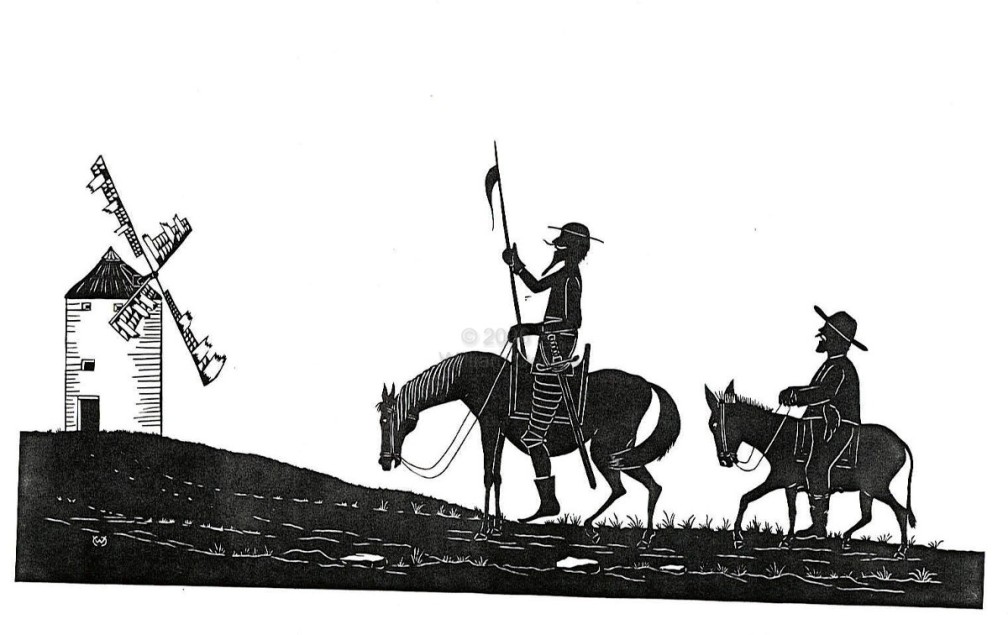Schiller tells us about the young man, greedy for truth, who visited the temple of Isis in Sais.
Scarce could the Hierophant impose a rein
Upon his headlong efforts. “What avails
A part without the whole?” the youth exclaimed;
“Can there be here a lesser or a greater?
The truth thou speak’st of, like mere earthly dross,
Is’t but a sum that can be held by man
In larger or in smaller quantity?
Surely ’tis changeless, indivisible;
Deprive a harmony of but one note,
Deprive the rainbow of one single color,
And all that will remain is naught, so long
As that one color, that one note, is wanting.”
The Veiled Statue at Sais, Friedrich Schiller
The hierophant warns the man: if he takes the veil, he will see the truth. At night, he goes back to the temple and has a look. In the morning, he is found dead at the feet of the statue.
The poem reminded me of the statue of Aphrodite by Praxiteles. The Greeks used to make statues of men in the nude and women draped. This image of Aphrodite, unveiled, placed in a temple where it could be seen from all sides, was a novelty. Here, too, a young men visited the temple at night and tried to get — in a way — nearer the truth: he was laughed at.
Nietzsche refers to Schiller’s poem in “The Gay Science” and he compares the eager young man with the rationalists of his day:
“As if reality stood unveiled before you only, and you yourselves were perhaps the best part of it — o you beloved images of Sais!”
The Gay Science, §57 Translation Walter Kaufmann
It’s not the truth that is veiled here: it’s the young man looking at it. Who would you identify with: the young man thirsting for the whole truth? The pragmatic admirer of Aphrodite or the realist, perhaps busily trying to unveil only himself? Comments are moderated, but very welcome!



![Carl Frederic Aagaard [Public domain], via Wikimedia Commons](https://quitenietzschean.files.wordpress.com/2014/02/aagaard_-_amalfi_dai_cappucini.jpg?w=1008)